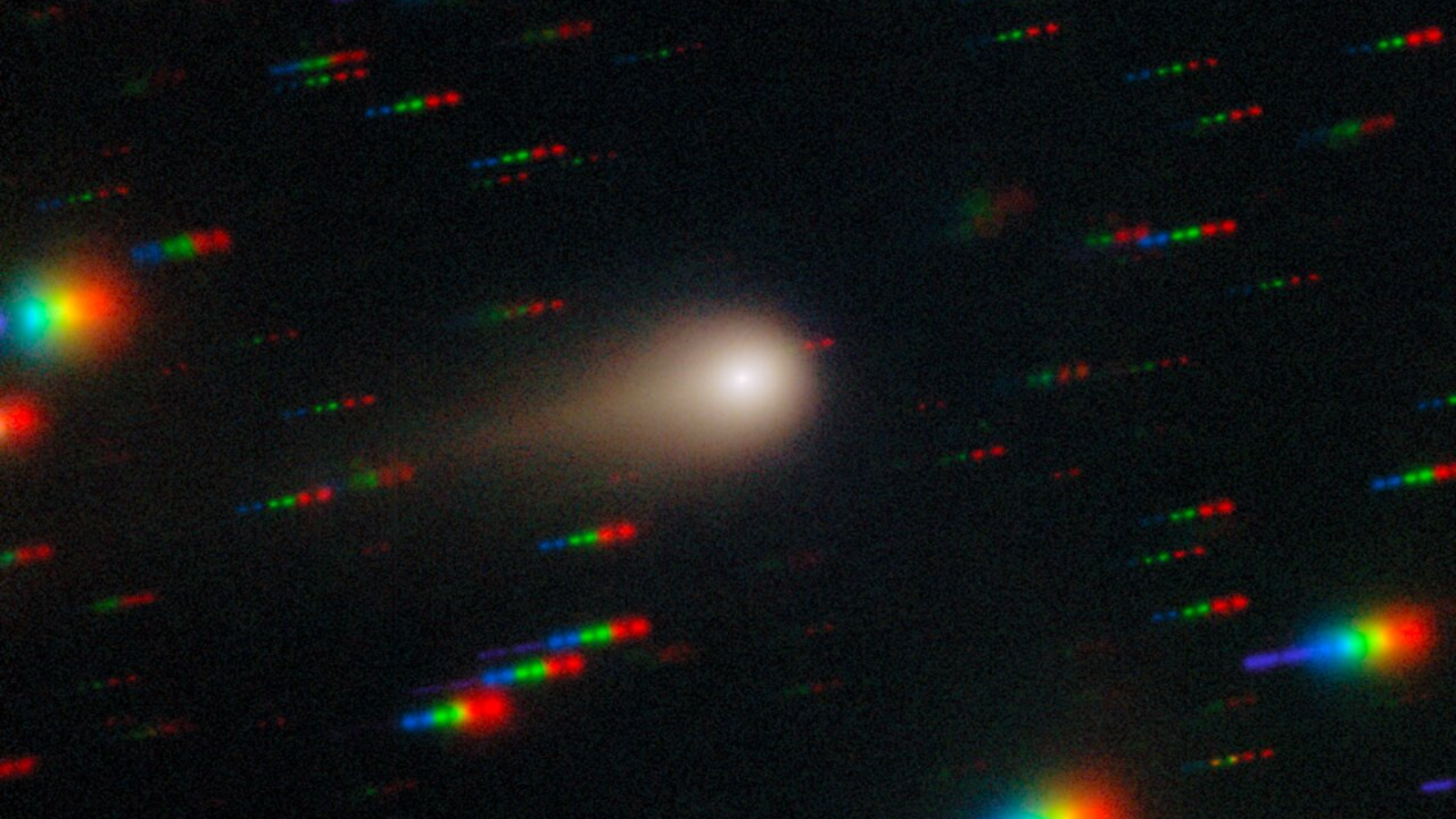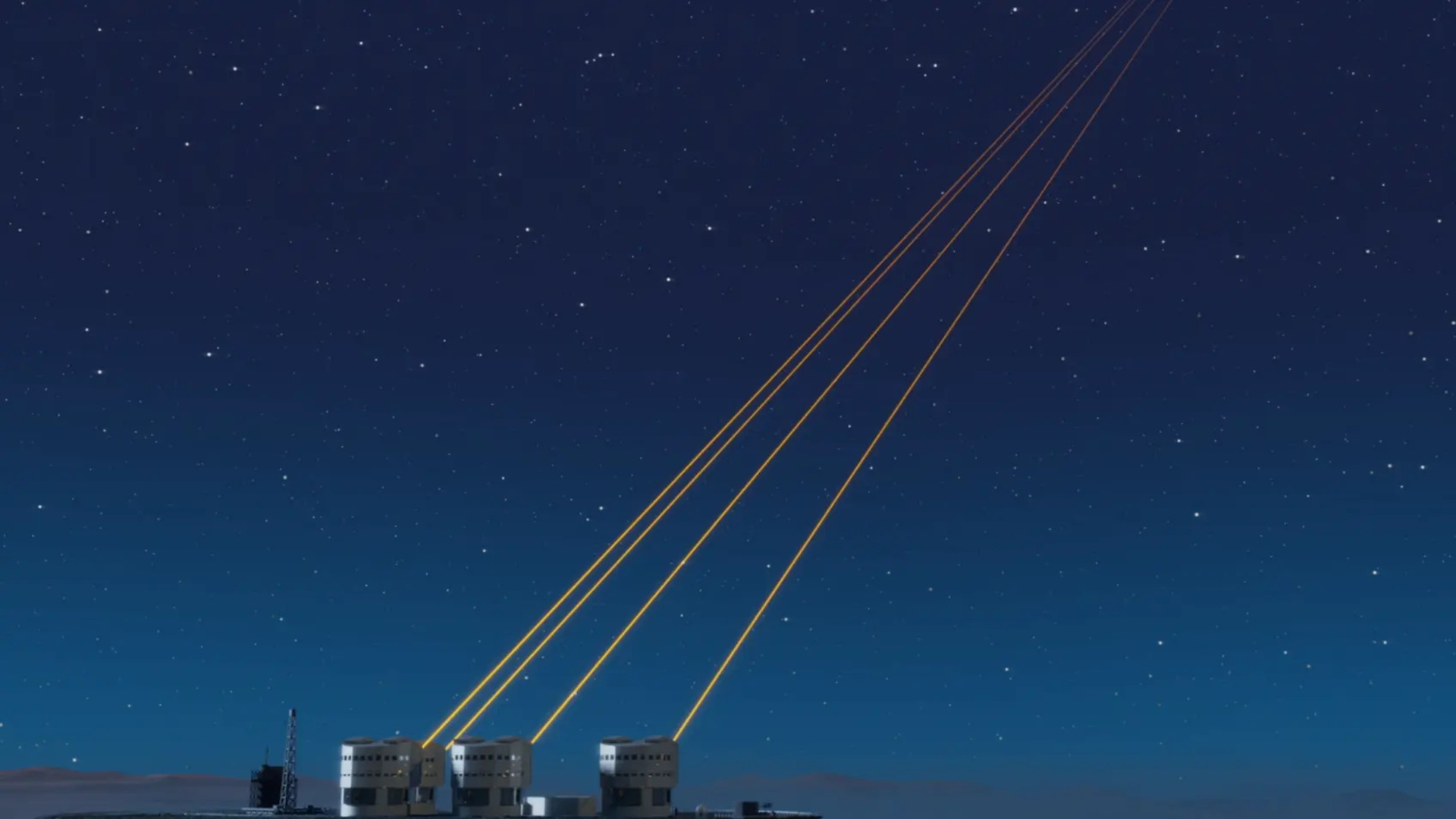Interstellar comet 3I/ATLAS could help protect Earth from dangerous asteroids. Here's how
Astronomers assemble! Here's your chance to help make better predictions.

A newly found interstellar comet poses absolutely no threat to Earth, but a NASA-coordinated group plans to observe it to help our ability to monitor any future objects that might prove to be hazardous.
The comet, called 3I/ATLAS, is the third known interstellar object that has come through our solar system. As it flies deeper into the solar system before leaving our cosmic neighborhood some time between Nov. 27, 2025 and Jan. 27, 2026, the International Asteroid Warning Network is kicking off a campaign to observe the comet.
The project will serve as a training ground to not only predict the orbit of 3I/ATLAS, but to perform astrometric measurements (meaning, tracking the comet's speed and motion in Earth's sky, relative to objects like stars.) This will be used to inform future observations of comets or asteroids that may be a threat to Earth.
The network notes that comets are especially hard to observe, because their tails and "atmospheres" (comas) make it difficult to estimate overall brightness — which in turn affects pathway predictions.
Knowing the pathway of an object allows astronomers to predict how close it will come to Earth. In this case, 3I/ATLAS is coming nowhere near us. But its relative proximity (roughly 1.8 astronomical units, or sun-Earth distances, at its closest) is good enough for observations by small telescopes.
"The campaign will target comet 3I/ATLAS (C/2025 N1) to exercise the capability of the observing community to extract accurate astrometry," read a notice of the project Tuesday (Oct. 21) at the Minor Planet Center, which is a branch of the International Astronomical Union that catalogs and tracks small objects in space.
Citizen scientists are welcome to join in. If you're interested, register at this link no later than Nov. 7—as the notice provides no time of day, we recommend registering as soon as feasible. The schedule includes a workshop on Nov. 10, and periodic teleconferences through and after the observing period.
Breaking space news, the latest updates on rocket launches, skywatching events and more!
The International Asteroid Warning Network calls itself a "worldwide collaboration of asteroid astronomers and modelers" and was formed following recommendations from the United Nations and its space mission planning advisory group "for an international response to the near-Earth object (NEO) impact threat."
NASA, like other parts of the U.S. government, is allowed to perform essential duties despite the ongoing government shutdown. Comet and asteroid observations are considered a priority item as there is a small chance one could pose a threat to Earth, so NASA continues to track and publish information about them.
The agency has undertaken decades of searching to see if there are any potentially hazardous objects threatening our planet. Despite dedicated examinations of the sky, no imminent threats have been found. But NASA and its network of partner telescopes continue the search — just in case.

Elizabeth Howell (she/her), Ph.D., was a staff writer in the spaceflight channel between 2022 and 2024 specializing in Canadian space news. She was contributing writer for Space.com for 10 years from 2012 to 2024. Elizabeth's reporting includes multiple exclusives with the White House, leading world coverage about a lost-and-found space tomato on the International Space Station, witnessing five human spaceflight launches on two continents, flying parabolic, working inside a spacesuit, and participating in a simulated Mars mission. Her latest book, "Why Am I Taller?" (ECW Press, 2022) is co-written with astronaut Dave Williams.
You must confirm your public display name before commenting
Please logout and then login again, you will then be prompted to enter your display name.
